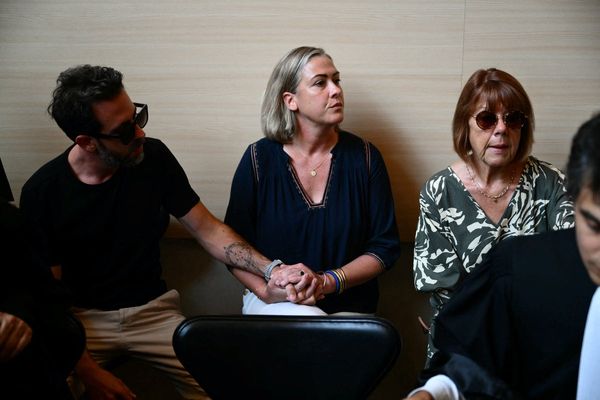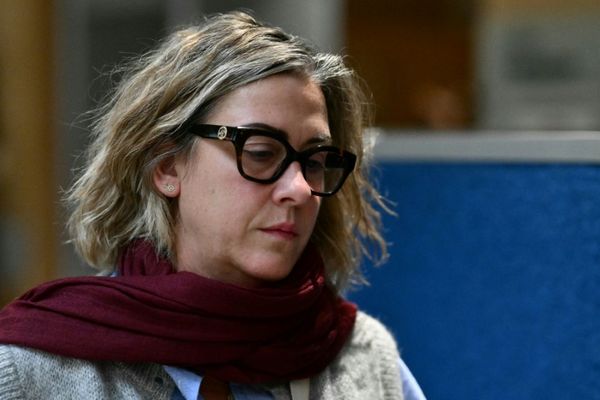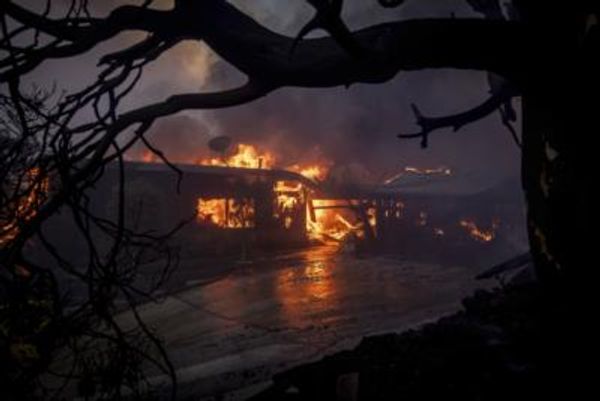
Australians absolutely love putting their kids in a blazer and boater hat. Even amid the worst cost of living crisis in memory, and as people tighten their belts in many domains, private schooling remains sacrosanct in some family budgets.
Many families are eating tinned beans but refusing to send their kids to the local state school. Data for schools in 2023 has been released by the Australian Bureau of Statistics and it shows that we are leaving the government system in droves.
As the next chart shows, enrolment in Catholic and independent schools is up compared to 2021 and 2022.

The next chart shows when people go private. It’s not usually at primary school. Only when kids hit secondary school do parents start to wonder about the old-school tie.

In NSW and Victoria, private schools become more popular in Years 11 and 12. There are two main reasons for this: student attrition at government schools as kids drop out altogether, and parents vying for university places by putting their kids in private for the final two years of HSC/VCE.
However, in Tasmania and the ACT, public schools pop up again in Years 11 and 12 due to their system of separate schools for the last two years of high school. In the ACT it’s not uncommon for students to transfer to two-year public “colleges” with excellent reputations for their final two years of schooling.
Not all Australians are equally likely to opt for private schools. As the chart above shows, school choice varies a lot by where in the country you live. The wealthy and geographically concentrated families of the ACT are most likely to opt for private schools, while the less wealthy and geographically dispersed families in the Northern Territory are more likely to choose government schools.
South Australia has the most enthusiasm for private early primary schooling, whereas in Queensland private primary schooling is relatively rare. (Bluey, the cartoon dog Australia is exporting to a rapturous reception from the rest of the world, attends a private primary school in Queensland, making her a not very representative emissary).
The next chart shows how enrolment in government schools has shrunk in NSW over time. In 2023, at every grade level, the government system is doing less heavy lifting in our largest state.

Some of this has to do with funding. There’s a very visible, very wealthy cohort of independent schools that serve families with very high incomes while also drawing on extremely generous funding. Schools like Melbourne’s Haileybury College. The Gonski reforms haven’t reached those schools yet.
But those schools are relatively few in number. The bulk of the competition to government schooling comes from Catholic schools and less glamorous independent schools.
The fundamental problem is not that private schools are heavily funded. It’s that government schools are underfunded such that they become, in many places, a choice of last resort. But as the experience in ACT colleges shows, government schools can excel so that well-resourced families want to opt into them. It just requires the political will to do so.
Does the government need to give more money to public schools? Let us know your thoughts by writing to letters@crikey.com.au. Please include your full name to be considered for publication. We reserve the right to edit for length and clarity.







